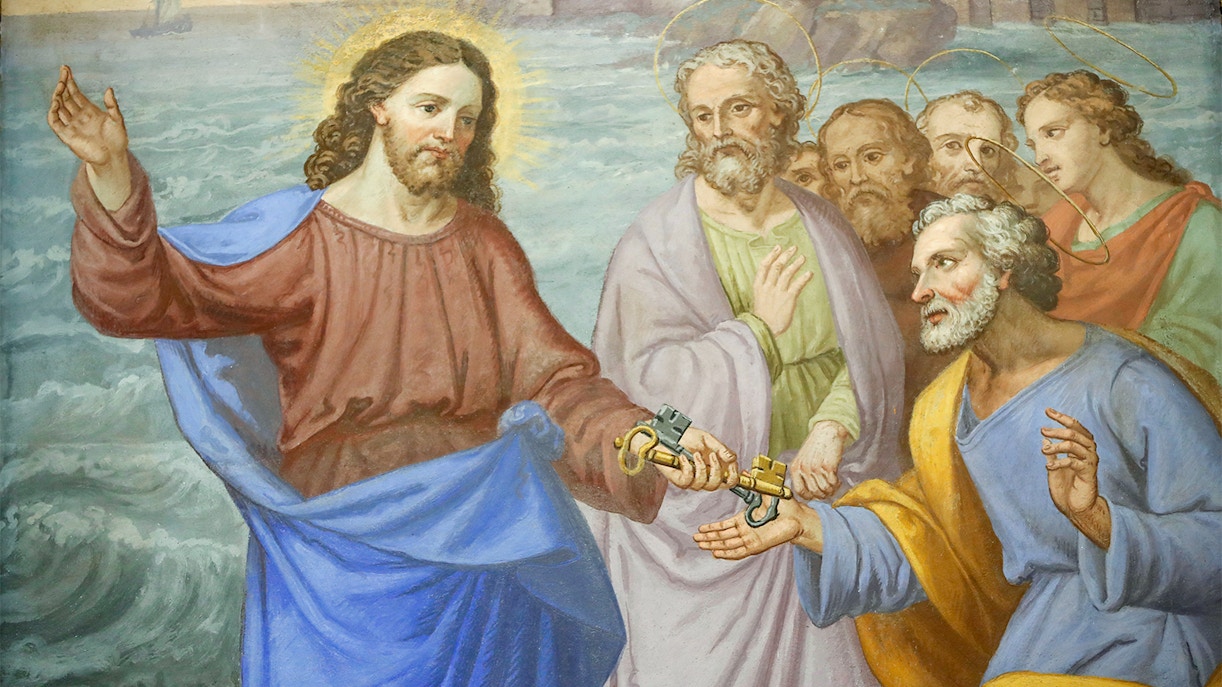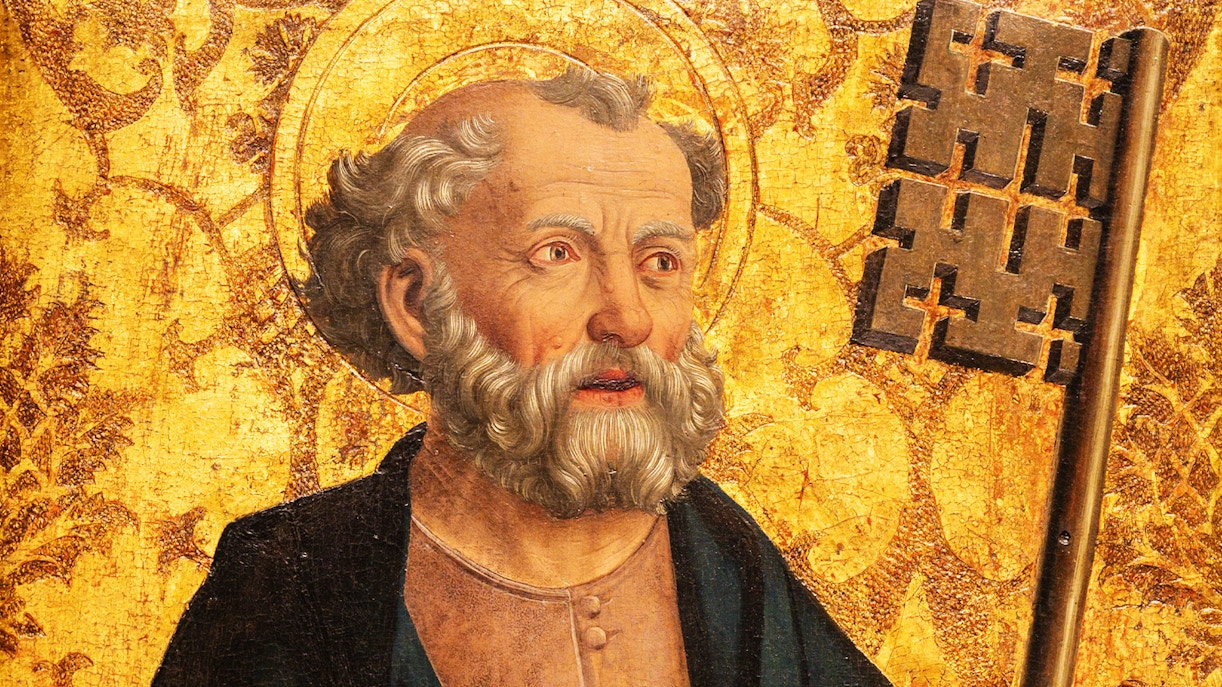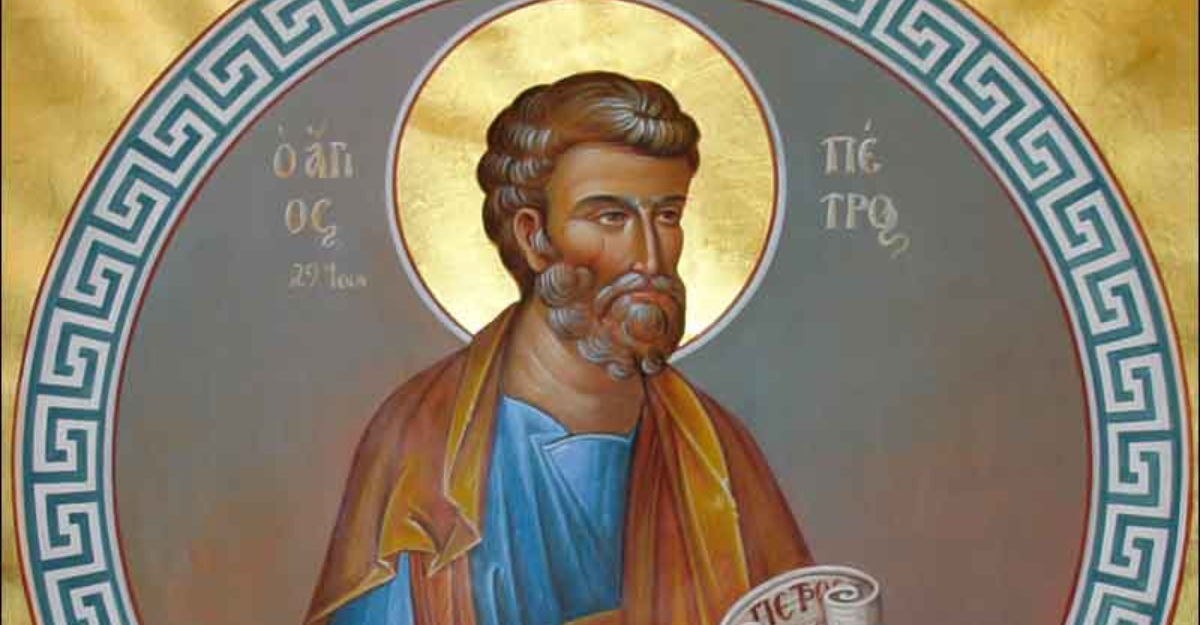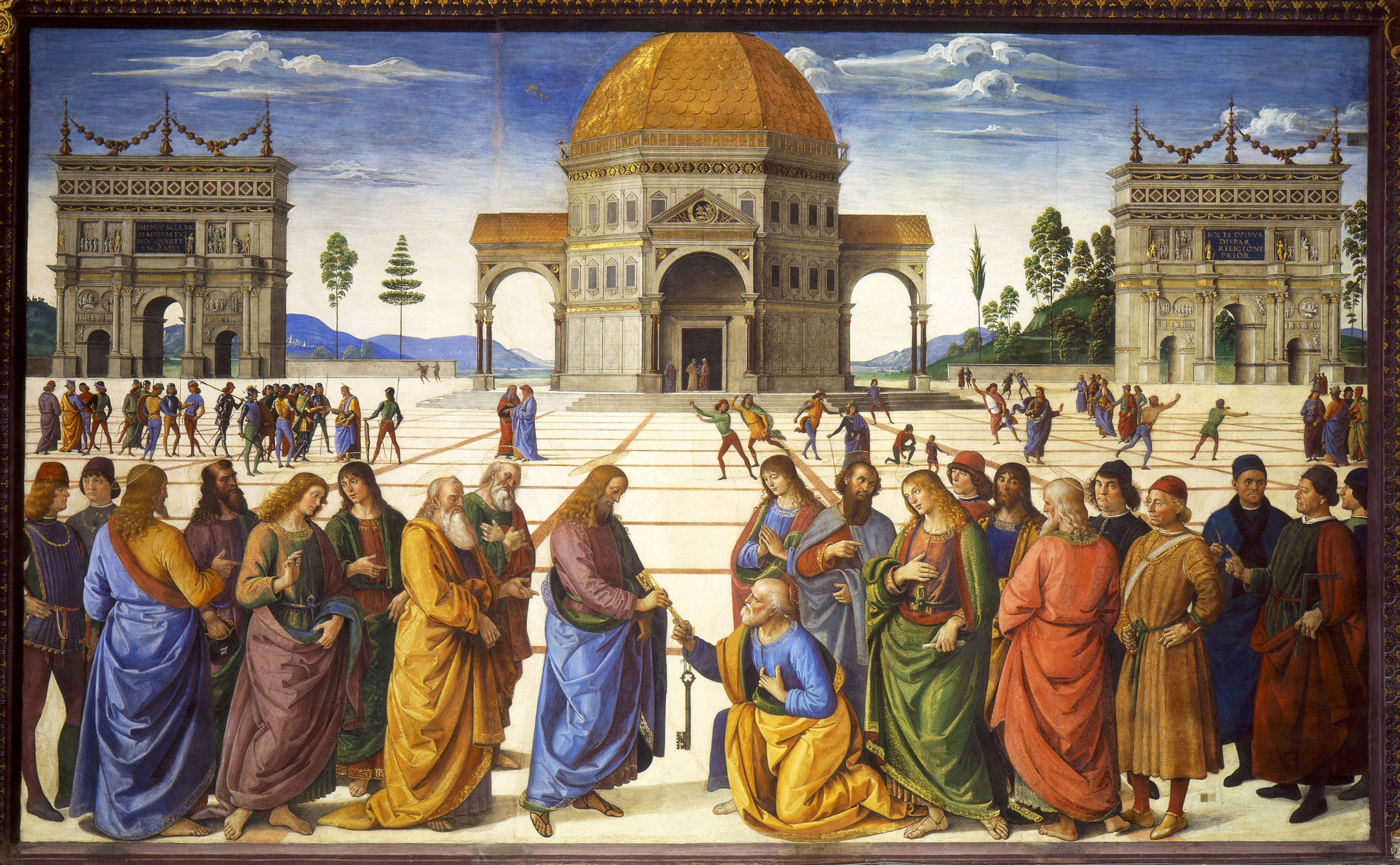
In the annals of early Christianity, few figures command as much historical and theological debate as Saint Peter. Born Shimon Bar Yonah, he is known by an array of names, including Peter the Apostle, Simon Peter, Simeon, Simon, and Cephas. His multifaceted identity underscores his unparalleled significance as one of the Twelve Apostles of Jesus and a foundational leader of the early Christian Church, whose story is deeply embedded in the New Testament and subsequent traditions.
Peter’s life began modestly as a Jewish fisherman in Bethsaida, a profession he shared with his brother Andrew, both sons of a man named Jonah or John. The Gospels offer glimpses into his personal life, notably the healing of his mother-in-law by Jesus at their home in Capernaum, a detail that suggests he was either married or widowed. His calling by Jesus to become a “fisher of men” marked a profound turning point, transforming a simple livelihood into a divine mission.

His journey with Jesus was punctuated by moments of both profound insight and human frailty. Peter’s spontaneous spirit is evident in accounts such as his brief, faith-driven walk on water, which faltered when doubt crept in. At the Last Supper, he initially refused Jesus’s gesture of washing his feet, only to comply fully when he understood its spiritual significance. During the arrest of Jesus, it was Peter who impulsively drew a sword and cut off the ear of Malchus, a servant of the High Priest, an act that Jesus miraculously healed.
Perhaps one of the most poignant episodes in Peter’s narrative is his threefold denial of Jesus, foretold during the Last Supper. Despite his fervent assurances, Peter denied his association with Jesus three times, each denial marked by the crowing of a rooster, fulfilling prophecy. This profound moment of weakness was later balanced by Jesus’s post-resurrection appearance to Peter in John’s epilogue, where Peter affirmed his love for Jesus three times, thereby restoring his position and setting the stage for his future leadership.

Throughout the Gospels and the Book of Acts, Peter consistently appears as the most prominent among the apostles. He is invariably listed first among the Twelve and formed an informal triumvirate with James the Elder and John, chosen to witness pivotal moments in Jesus’s ministry, such as the Raising of Jairus’ daughter, the Transfiguration, and the Agony in Gethsemane. His role as the spokesman for the apostles underscores his central, authoritative presence within the nascent Christian community.
The defining moment of Peter’s foundational role is encapsulated in the “rock” dialogue from Matthew 16:13-19. When Simon Peter declared Jesus to be “the Messiah, the Son of the living God,” Jesus responded with the momentous declaration: “Blessed are you, Simon son of Jonah, for this was not revealed to you by flesh and blood, but by my Father in heaven. And I tell you that you are Cephas (Peter) (Petros), and on this rock (petra) I will build my church, and the gates of Hades will not overcome it. I will give you the keys of the kingdom of heaven; whatever you bind on earth will be bound in heaven, and whatever you loose on earth will be loosed in heaven.” This passage has been central to the understanding of Peter’s enduring legacy.

While Catholic theology views Peter as an “unlikely symbol of stability,” an “exemplar of the forgiven sinner” whose leadership formed the basis of apostolic succession, other traditions interpret the “rock” differently. The Eastern Orthodox Church, for instance, interprets Jesus’ words as referring to Peter’s *position* as a representative of the Apostles or to the *apostolic faith* itself, rather than implying a unique personal prominence that would subject other apostles to his orders.
Following Jesus’s ascension, Peter assumed a crucial leadership role within the early group of followers, forming the Jerusalem ekklēsia, as noted by Paul. However, this early leadership was, in some ways, soon “eclipsed” by James the Just, “the brother of the Lord.” This shift has been attributed by some scholars to discussions concerning the strictness of adherence to Jewish Law, where James’s more conservative faction gained ascendance over Peter’s comparatively more liberal stance. Others, like Methodist historian James D. G. Dunn, suggest this was a consequence of Peter’s extensive missionary activities, describing him as a “bridge-man” who uniquely held together the diverse factions of first-century Christianity.

Peter’s missionary endeavors extended beyond Jerusalem. He embarked on journeys to Lydda, Joppa, and Caesarea, where a pivotal vision given to him from God allowed the eating of previously unclean animals. This divine revelation led early believers to the monumental decision to evangelize the Gentiles, with Peter famously declaring that “God shows no partiality.” He also journeyed with John to Samaria, contributing to the expansion of the Christian message.
His interactions with Paul the Apostle, recorded in the Epistle to the Galatians, further illuminate his role. Paul met Peter in Jerusalem, a significant encounter. Later, when Peter came to Antioch, Paul famously “opposed Peter to his face because he [Peter] was in the wrong” regarding his segregation from Gentile converts during meals, highlighting a critical theological debate within the early church. Subsequent tradition held that Peter had been the first Patriarch of Antioch and founded the church there, with some accounts suggesting he served as bishop for seven years.

The question of Peter’s presence in Rome is a cornerstone of Christian tradition, albeit one with nuanced historical evidence. The New Testament offers no explicit account of Peter being in Rome. The reference in the First Epistle of Peter to “The church that is at Babylon, elected together with you, saluteth you; and so doth Marcus my son” is widely interpreted by most scholars as an allusion to Rome, given “Babylon” was a common nickname for the city in Jewish and Christian literature of the time. However, Paul’s Epistle to the Romans, written around AD 57, greets many individuals in Rome but makes no mention of Peter, whom Paul knew. Similarly, Acts 28, detailing Paul’s two-year stay in Rome around AD 60-62, does not record any meeting with Peter.
Despite the New Testament’s silence on his Roman sojourn, a powerful consensus emerges from the writings of early Church Fathers. Ignatius of Antioch, Irenaeus of Lyons, Clement of Alexandria, Origen, Eusebius, and Lactantius all attest to Peter’s presence and ministry in Rome. Irenaeus and Eusebius notably state that Peter and Paul founded and organized the Church in Rome. Jerome, writing between 327 and 420 AD, explicitly claimed that Peter went to Rome in the second year of Claudius (AD 42) to confront Simon Magus and held the “sacerdotal chair there for twenty-five years until the last, that is the fourteenth, year of Nero.” This rich tradition solidifies Peter’s historical connection to the imperial city.

The Catholic Church’s understanding of the papacy is intrinsically linked to Saint Peter, viewing the pope, the bishop of Rome, as his successor. While this often implies Peter was the first Bishop of Rome, it is also maintained that the institution of the papacy does not depend on the idea of Peter having been Bishop of Rome or even his direct presence there. Early sources like Irenaeus and Eusebius name Linus as Peter’s successor, recognized by the Catholic Church as the second Bishop of Rome, followed by Anacletus and Clement of Rome. Tertullian further states that Clement was ordained by Peter himself as bishop of Rome.
The traditional account of Peter’s death is a testament to his unwavering faith. The epilogue of the Gospel of John offers a subtle hint at his fate: “But when you grow old, you will stretch out your hands, and someone else will fasten a belt around you and take you where you do not wish to go.” This is widely interpreted as a foreshadowing of his crucifixion. Early Church tradition places his martyrdom during the Great Fire of Rome in AD 64, under the persecution initiated by Emperor Nero. Roman authorities are said to have sentenced him to death by crucifixion at Vatican Hill. According to the apocryphal Acts of Peter, he requested to be crucified head down, deeming himself unworthy to die in the same manner as his Lord. This act of humility is also reflected in the inverted Latin cross, known as the Cross of St. Peter.




